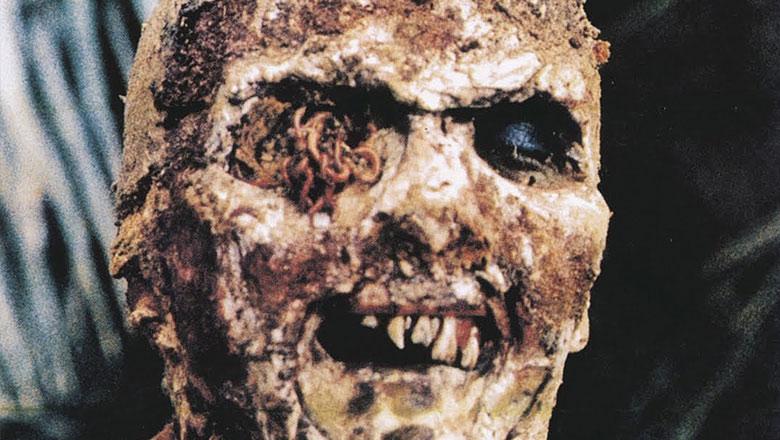Lucio Fulci had helmed over two decades of work prior to 1979’s Zombie. It was for him a period of liberal experimentation in genre, including over a dozen comedies, none of which were formally distributed abroad, and a series of giallo thrillers and action pictures in the 1970s. At this point, Fulci’s work displayed two nascent tendencies for which he would later achieve some renown: a proclivity for grotesque violence, and a critique of his Catholic upbringing. Both are exemplified in drastically different manners in his 1972 ventures Don’t Torture a Duckling, in which a priest serves as the film’s manic killer, and The Eroticist, a satirical attack on the undue influence of the church in Italian politics.
But it was his ultra-violent, pseudo sequel to George A. Romero’s Dawn of the Dead that would singularly place him in the annals of horror cinema. Fulci’s Zombie was an immediate and disparate contrast to Romero’s slow-burning, politicized horror: his zombies looked more like corpses, their bodies expelling maggots and rot when their flesh is punctured. The film’s tenuous connection to Romero’s Dawn of the Dead (entitled Zombi in Fulci’s native Italy) was only used to market the film in Europe, a move that reportedly infuriated Romero’s Italian collaborator Dario Argento. Faux-sequels were commonplace in Europe, but the degree to which Fulci relied on Romero’s work is limited solely to the title. In the U.S., the film was known as Zombie or Zombie Flesh Eaters, and it become a minor cult hit on the strength of its graphic violence and special effects.
Concurrently and across the Atlantic, John Carpenter and David Cronenberg had respectively demonstrated their chief aesthetics in their first few films, and both, like Fulci, would produce their most popular horror films in the 1980s. The clearer associate to Fulci, however, was his fellow Italian Argento, whose work was perhaps riper and certainly more critically lauded at the early 1980s. Nonetheless, as a pair they spearheaded a surge of Euro-horror that would reach international distribution, albeit in truncated form. Three of Fulci’s films, even, were appended to the Video Nasty list in the 1980s.
To American audiences, Fulci and Argento bear superficial association, what with their unbecoming violence, dubbed dialogue, and syncopated electronic scores. But whereas Argento is perhaps the greater tactician, favoring operatic and highly cinematic death scenes, Fulci is the more ambient and lurid. Argento’s films, furthermore, are often set in his native Europe; Fulci’s horror films depict fatalistic scenarios in unmistakably U.S. settings as far-reaching as Louisiana (The Beyond) and New England (Zombie, City of the Living Dead).
The latter is depicted in House by the Cemetery, his 1981 film preceded by The Beyond and City of the Living Dead in what is popularly considered the “Gates of Hell” trilogy. It is this period of work that we aim to focus on in the coming week. This will not be an encapsulation of Fulci’s total body of work, but rather a concentration on the period for which he is most known, at least to horror aficionados. But what renown these films have is greatly delayed—House by the Cemetery, for one, was not released in the U.K. in its original, uncut version for over two decades. As a corrective, we will focus on Fulci’s “Gates of Hell” and its supplementary features in the coming week, in anticipation of our screening of the original, uncut version of House by the Cemetery at 92YTribeca on Friday, January 6th.
Introduction by Rumsey Taylor and David Carter
By Rumsey Taylor, Thomas Scalzo, and David Carter ©2012 NotComing.com
Reviews
-
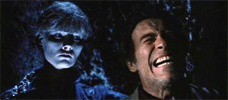
City of the Living Dead
1980 -
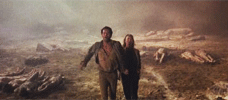
The Beyond
1981 -
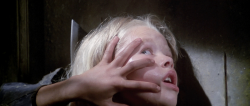
House by the Cemetery
1981 -
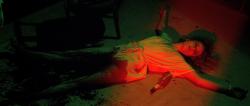
The New York Ripper
1982 -
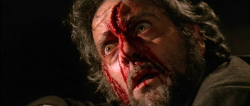
Manhattan Baby
1982 -
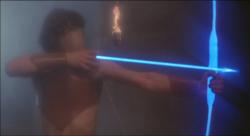
Conquest
1983
We don’t do comments anymore, but you may contact us here or find us on Twitter or Facebook.



